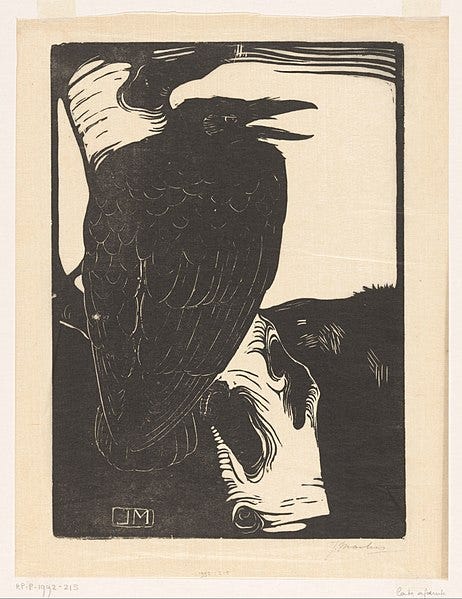Today’s Poem: The Raven Days
Sidney Lanier, Andrew Hudgins, and the imaginative sympathy of a living tradition

Keep reading with a 7-day free trial
Subscribe to Poems Ancient and Modern to keep reading this post and get 7 days of free access to the full post archives.



